If you’re new to Magic: The Gathering, you’ve probably seen cards with text that starts with "When," "Whenever," or "At." A creature enters the battlefield, and suddenly you gain life. You attack with a creature, and you get to draw a card. These are called triggered abilities, and they are one of the most important parts of the game.
But what happens when a lot of them try to go off at once? It can feel confusing, but don't worry. The game has a clear set of rules for this, and understanding them is a huge step toward becoming a more confident player. This guide will teach you the basics of what a triggered ability is, how the game keeps track of them using "the stack," and what to do when several of your own abilities trigger at the same time.
What is a Triggered Ability in MTG?

Think of a triggered ability as an automatic reaction to something happening in the game. The easiest way to spot them is to look for those three magic words at the start of an ability:
-
When... (Example: "When this creature enters the battlefield, you gain 2 life.")
-
Whenever... (Example: "Whenever you cast a spell, put a +1/+1 counter on this creature.")
-
At... (Example: "At the beginning of your upkeep, you draw a card.")
When the specific event described on the card happens, the ability "triggers" and gets ready to do its thing. The important thing to remember is that these are not optional (unless the card uses the word "may"). If the condition is met, the ability automatically triggers.
This is different from an activated ability, which you choose to use and always has a cost followed by a colon (:). For example, "{T}: Add one green mana." Triggered abilities are automatic; activated abilities are manual.
The Most Important Rule: Understanding "The Stack"

When an ability triggers, it doesn't happen instantly. Instead, it goes to a waiting zone called the stack. Think of it like piling plates. When you cast a spell or an ability triggers, you place a plate on top of the stack.
Before that "plate" is resolved (meaning, before the ability actually happens), every player gets a chance to respond by playing their own instant-speed spells, which adds more plates on top.
The most important rule of the stack is "Last-In, First-Out." This means the last thing put onto the stack is the first thing that happens.
Here’s a simple example:
-
Your opponent casts a spell to deal 2 damage to your 2/2 creature. The spell goes onto the stack.
-
In response, you cast a spell that gives your creature +3/+3. Your spell goes onto the stack on top of their spell.
-
Nobody else responds. The stack starts to resolve from the top down.
-
Your spell happens first, making your creature a 5/5.
-
Then, their spell happens and deals 2 damage to your now 5/5 creature, which easily survives.
The stack is what allows for interaction and clever plays in Magic. It creates a window for players to react before things happen.
What Happens When My Own Triggers Go Off at the Same Time?

This is a common question for new players. Let's say it's the beginning of your turn (your upkeep), and you control two different creatures that both have an ability that says, "At the beginning of your upkeep..." Which one happens first?
The answer is simple: You choose!
When multiple of your own abilities trigger at the same time, you get to decide the order to put them on the stack. This is a powerful tool. Remember that the stack resolves "Last-In, First-Out," so the ability you put on the stack last will be the one that happens first.
Here’s a strategic example:
-
You control one creature with the ability, "At the beginning of your upkeep, draw a card."
-
You control another creature with the ability, "At the beginning of your upkeep, you may pay 1 mana. If you do, deal 1 damage to any target."
You should almost always choose to have the "draw a card" ability happen first. To do this, you would put the "deal 1 damage" trigger on the stack first, and then put the "draw a card" trigger on top of it. The draw trigger will resolve first, giving you a new card. Now you have more information and a new potential instant in your hand before you have to decide if you want to pay the mana to deal 1 damage.
Ready for the Next Level?
Understanding these basics—what triggers are, how the stack works, and how to order your own triggers—will dramatically improve your game. You'll start to see new lines of play and feel more in control of your turn.
Of course, the rules can get even more interesting, especially when both you and your opponent have abilities that trigger at the same time. When you feel comfortable with the concepts here and are ready to dive deeper into advanced strategy check out our advanced guide.
Conclusion: You're in Command
Don't be intimidated by triggered abilities. Just remember to look for the magic words ("When," "Whenever," "At"), think about the stack, and know that you have the power to order your own effects. With a little practice, managing your triggers will become second nature, turning you from a new player into a confident strategist.

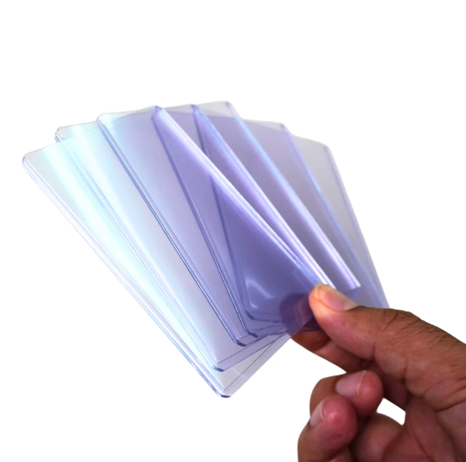
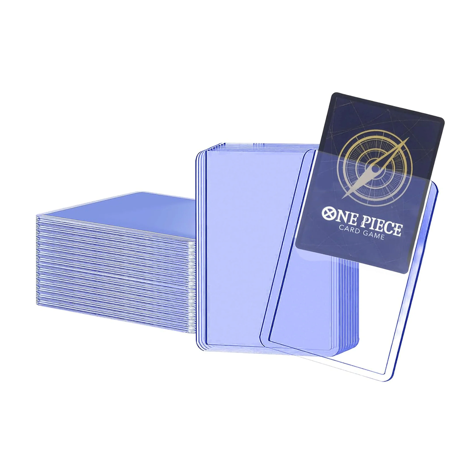
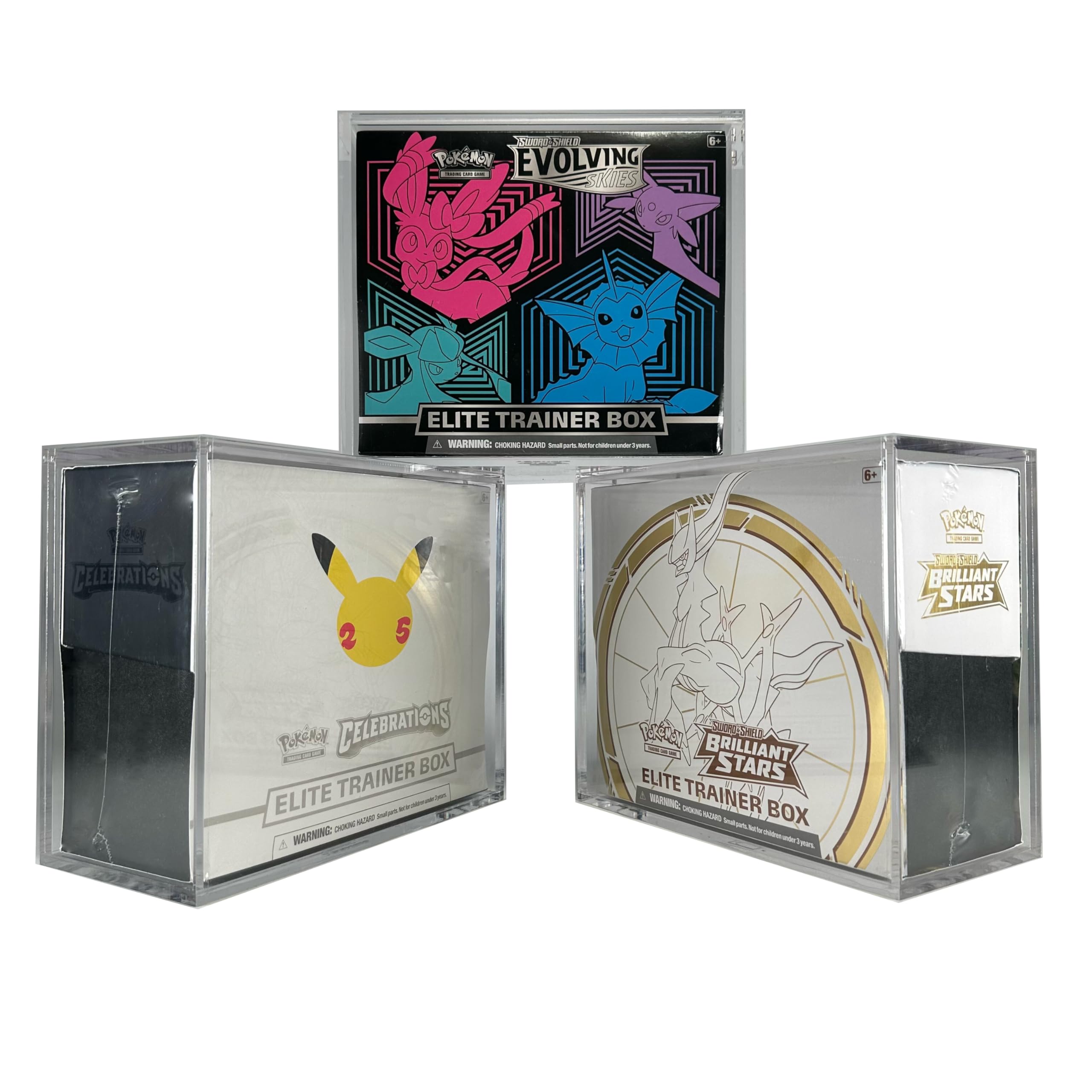
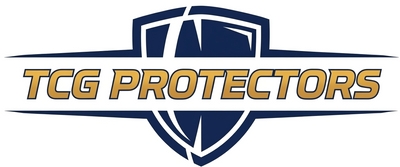
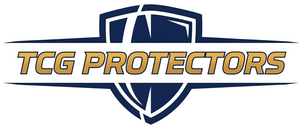




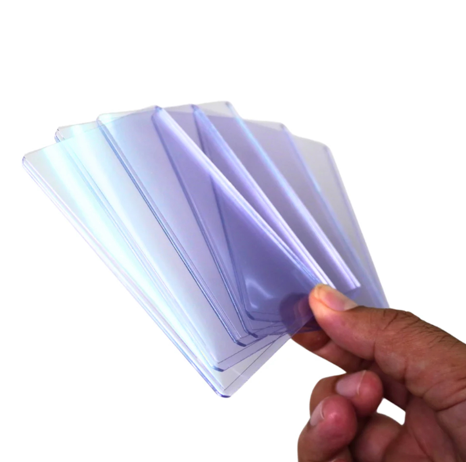

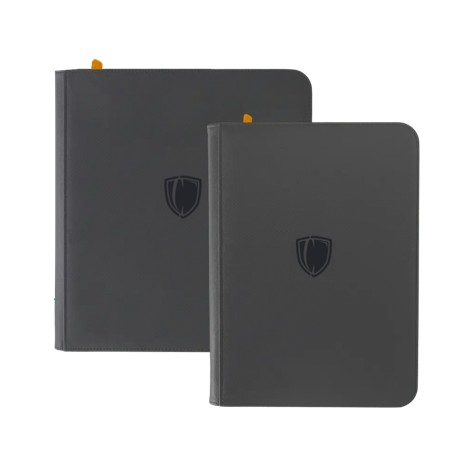
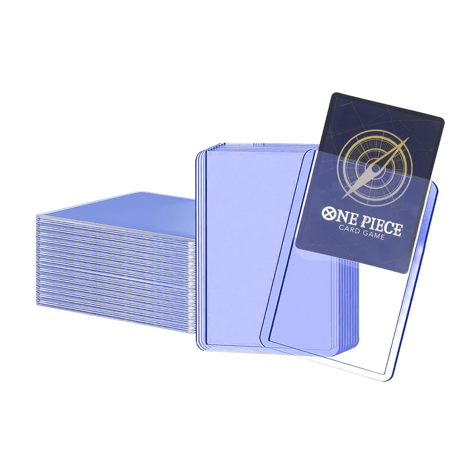
Leave a comment